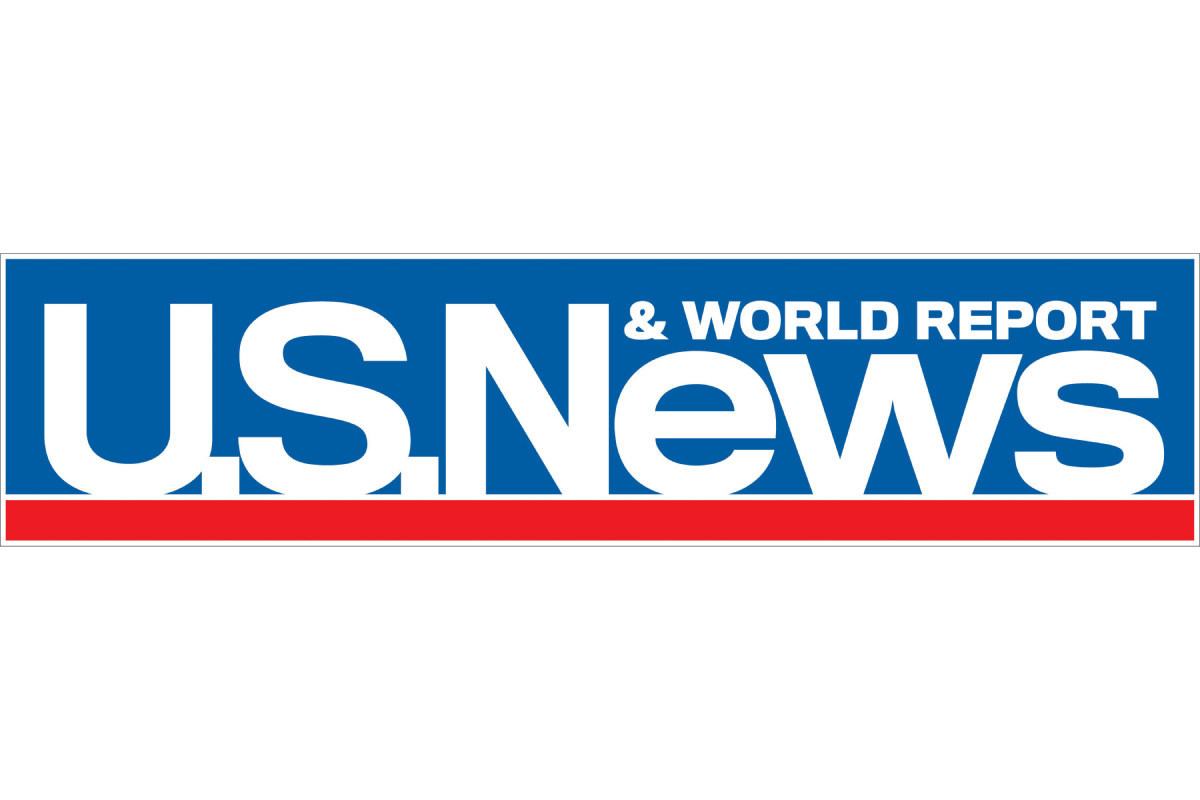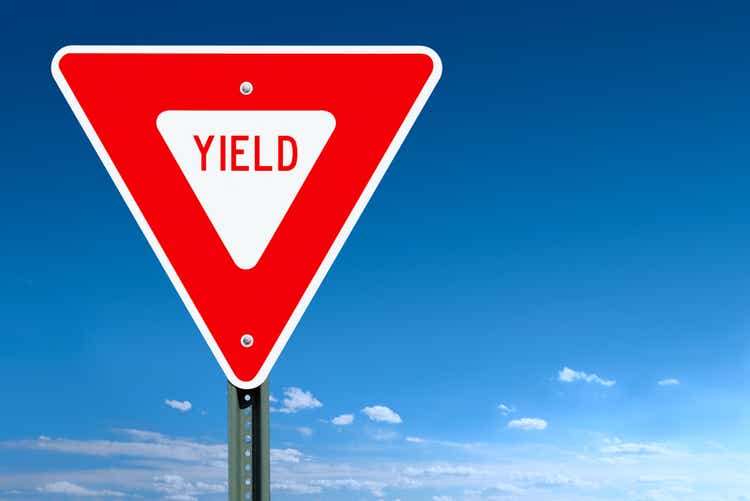The rumours only lasted about seven minutes. By then, stock investors realised it was not true that President Donald Trump was pausing tariffs for 90 days and, accordingly, stopped frantically bidding stocks higher. And yet, they didn’t go back to selling stocks at the same unbridled pace they had earlier in the session or late last week.
Benchmark US indexes seesawed between gains and losses throughout the rest of Monday , with a sort of paralysis kicking in. Trump’s tariff war has had a seismic impact on markets. Credit: Bloomberg The reason, in part, is that the episode laid bare just how binary the potential outcomes are as Trump proceeds with his global trade war.

If he leaves tariffs on, as he says he will, the economy could quickly contract and sink the S&P 500 into a bear market. Take them off, though, and the economy can churn higher and stocks will reclaim records. “There’s no question that if Trump woke up tomorrow and said, ‘you know what? I’m not doing this’ the markets would just move back to a new high,” said Ross Gerber, chief executive officer of Gerber Kawasaki Wealth and Investment Management.
Monday showed that just a delay in implementing tariffs was worth $US2.5 trillion ($4.2 trillion) on the US stock market.
Missing a pop of that magnitude is a scary proposition for investors who pulled money as the S&P 500 plunged 10 per cent in two days at the end of last week. But if he keeps them on? Well, before any relief looked possible, stocks were on track for a bear market, making it difficult to lean into a prospect for a policy reversal. It doesn’t help that the administration is offering mixed messages, with some cabinet members saying negotiations are ongoing with 50 or even 70 countries, while White House trade adviser Peter Navarro says nothing is negotiable.
Trump himself muddles the message. “There can be permanent tariffs and there can also be negotiations because there are things that we need beyond tariffs,” he said Monday afternoon. The cacophony has left traders flummoxed.
“Normally I’m paid to sort of take advantage of this type of dislocation, but this is a little bit different just because of the cause of the problem,” Alec Young, chief investment strategist at Mapsignals, said. “If this type of policy goes into effect and stays in place for years, that would structurally change the US stock market.” It’s made balancing portfolios difficult, as it seems equally plausible to get stuck in a panic-driven selloff as it does to miss the upside momentum of a policy pivot on tariffs.
The result may be that investor behaviour needs to adjust. “Historically buying the dip has worked and I imagine buying the dip in the future will work,” said Brent Schutte, chief investment officer at chief investment officer at Northwestern Mutual Wealth Management Co. But Schutte says the president’s whims on policy have now replaced the Federal Reserve as the most important thing to get right when it comes to trading.
He doesn’t expect Trump to deliver much clarity any time soon, certainly not the kind that comes from a Fed rate move. The “instant gratification time period is probably stretched out,” he said. “The reason is that the Federal Reserve was the backstop of the market and they’re not in the position preemptively be that backstop any longer.
I don’t think there’s a Fed put, which I think people got used to, and I don’t think there’s a Trump put right now.” Trump’s role as virtually the sole architect of the latest market turmoil gives some traders hope, though, that he will be able to tamp down the volatility. “What happened here is that the policy put out by the administration that was extreme created a three standard deviation event as a result,” said Rob Conzo, CEO of Wealth Alliance, adding that if Trump were to announce any progress on tariffs, especially with the countries where the highest taxes were put on, the market would likely skyrocket.
“That’s not systemic, these are essentially man-made volatility components,” Conzo said. “And that makes investors, or at least professionals, feel a little more encouraged. Maybe it’s time to take advantage of this and clearly not panic.
” The Republican party’s political prospects may also force a policy shift that is favourable to markets. Republican seats could be at risk in the 2026 midterms if voters fear recession and are angry that they’ve lost some 20% of their invested wealth in just days. ’There’s no question that if Trump woke up tomorrow and said, ‘you know what? I’m not doing this’ the markets would just move back to a new high.
’ “If you crash the stock market and push us into an insane stagflation recession, you know that prices are surging and you’re gonna get thrown out of power,” said Young. When Trump was elected, Gerber began to position his portfolio more conservatively to protect from some downside losses while staying ready for possible upswings. “There’s opportunity in this mayhem, especially if you’re a long term shareholder and if you fundamentally believe that this, these policies will be reversed pretty soon, then there’s a massive opportunity to invest in stock,” he said.
“The game is keeping the noise out of your head as you focus on what’s fundamentally happening here in economy.” Bloomberg The Market Recap newsletter is a wrap of the day’s trading. Get it each we e kday afternoon .
.
Business

7 minutes of mayhem: Trump rumour sends $4.2 trillion shock through Wall Street

The volatility on Wall Street reached new heights on Monday in New York after a rumour sparked a stunning Wall Street surge. Within minutes, it all changed again.















